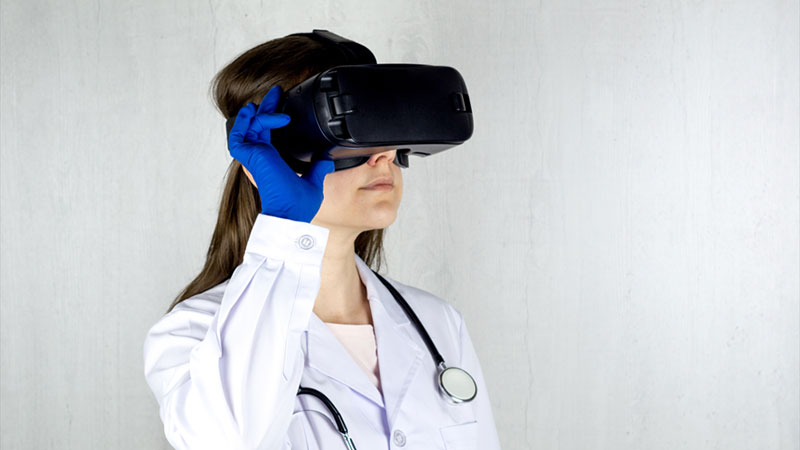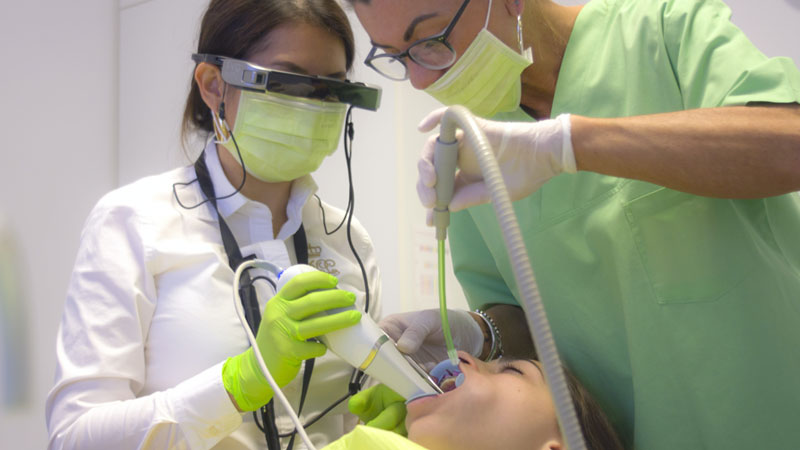5 Exciting Uses of Virtual Reality as Part of Healthcare
Virtual reality is considered one of the greatest inventions in technology in the past few years. New evolving devices are quickly coming out, changing the way we see and perceive the world. Although VR made its first debut in the gaming industry, it has become a great part of other fields as well, with the latest one being medicine.
The major reason for this is to improve the healthcare systems and allow people to get immediate medical attention right from the comfort of their homes. Many healthcare institutions and clinics such as XR.Health use sophisticated VR devices to provide an immersive virtual reality experience to patients and help them deal with a particular condition remotely and in real-time.
Because of its immense population, VR can be used in many areas of healthcare. From offering medical education and training to doctors and students to providing patient treatment, here are five exciting uses of VR in medicine.

Photo by Bermix Studio from Unsplash
Medical education and training
One of the greatest applications of VR in healthcare is the opportunity to provide faculty members with medical education and training. The VR simulation technologies offer excellent learning programs both for physicians and students through which they can practice difficult, life-saving procedures in a risk-free environment, improve their skills and get immediate feedback during the process.
For example, the human body is quite complex as there are some parts that aren’t easily accessible. However, VR is capable of transporting the learner inside the human body to have a better view and practice on those areas.
Pain management
Pain is the most common symptom that causes people to visit the doctor. Whether they feel it in their back, neck, joints, limb or knees, they often rely on medication to alleviate the symptoms. However, due to its multiple uses, VR can be quite effective in pain management and even helps patients reduce their reliance on medication.
VR helps by providing various interactive games which are played in a simulated environment and have lots of interactive features. During these games, the patient is placed in an entertaining and relaxing environment that stimulates their brain which can also distract them from the pain they are feeling.
Mental health
Maintaining good mental health is vital for the overall wellbeing of every individual as it interferes with many aspects of life.
Unfortunately, there are people who suffer from severe mental illnesses such as phobias, stress and anxiety which often have a negative impact on a person’s quality of life. An effective way of dealing with these conditions is with the help of Virtual Reality Exposure Therapy, also known as VRET.
The VR simulated technologies have the ability to transport you in a relaxing, immersive environment which can take your mind off of the things that are causing you anxiety while helping reduce the symptoms.
Physical therapy and rehabilitation
If you are suffering from an injury or a disability of some kind, you will probably use the services of a skilled physical therapist to help you recover. Because these treatments can be quite costly and time-consuming, you have the option of using virtual reality to speed up the recovery process in a much affordable and flexible way.
With the help of VR, patients can do their physical exercises in a virtual environment. This offers great enjoyment to people because it is a lot different from the traditional physical therapies, it keeps them focused and increases their spirits during what can be a long recovery period.
Surgery
Probably the biggest application of VR in healthcare is that it can be used in surgical planning. In other words, VR gives surgeons and students the opportunity to perform all kinds of mock surgeries in a virtual space so they can improve their skills, reduce the time and eliminate the risks associated with potential surgery complications.
These surgeries are performed using a robotic device which is controlled by a human surgeon. The software of the device gives clear instructions and remembers the right sequence of actions. This makes the device highly accurate as it makes smaller incisions, reduces blood loss and provides faster recovery for patients.

Photo by Quang Tri NGUYEN from Unsplash
Final thoughts
Due to the many features it contains, virtual reality has become a great part of healthcare. The VR simulated technologies used offer both medical professionals and patients an immersive, computer-generated experience which puts them in a virtual environment and helps them deal with numerous medical conditions.
From providing medical education and disease awareness to patient treatment and surgical planning, VR can be applied in many areas of medicine.
For more information, refer back to our guide and learn more about the applications of VR in healthcare.



